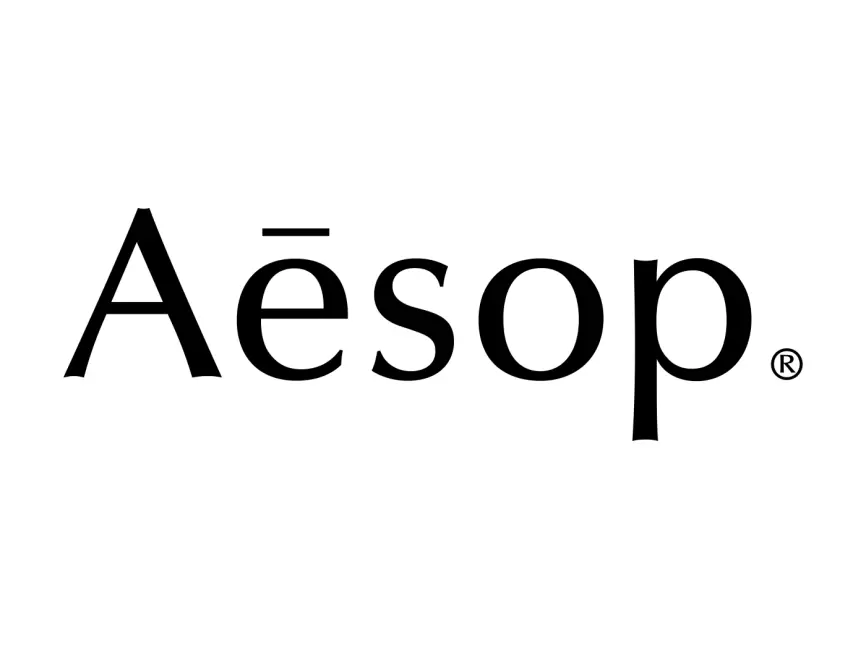Office Refurbishment and Fit Out Contractors in London
Cumberland Group is a leading principal contractor specialising in fit out and refurbishment projects across all sectors. Based in Greater London and operating throughout the UK, we manufacture bespoke joinery in our state-of-the-art, fully equipped workshop.
Founded in 1977 by our Managing Director, Dave Park, Cumberland has grown into a family-run business where the second generation of Directors have each been at the helm for over 25 years. Over the decades, we have earned a reputation as the go-to contractor for exceptional finishes and precision-crafted bespoke joinery.
As an award-winning contractor, we take pride in consistently delivering outstanding results for our clients. Our friendly, customer-focused approach, commitment to quality, and meticulous attention to detail set us apart in the industry.
As an owner-managed family business, we have had the privilege of working with both established and aspirational brands across the UK, with a strong presence in London.
We believe our unique strengths and expertise make Cumberland the ideal partner for your next project.
Our Services
What Our Clients Say
Thank you again to all at the Cumberland group.













